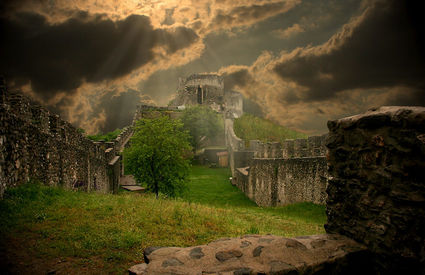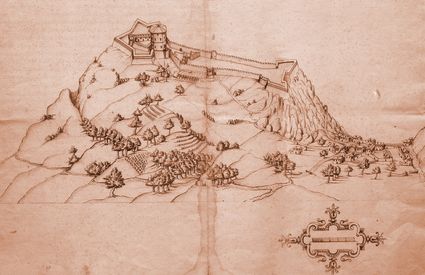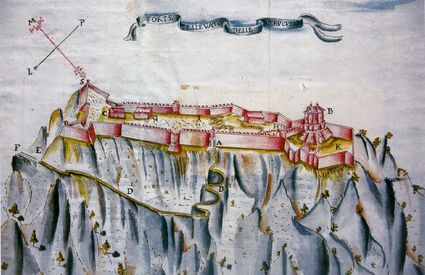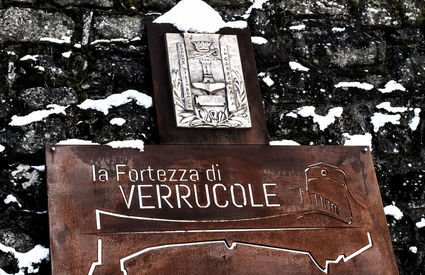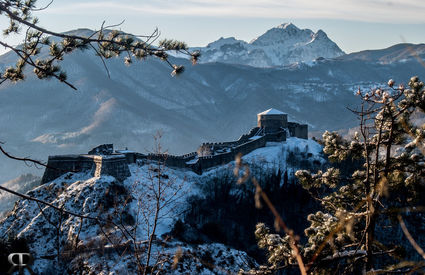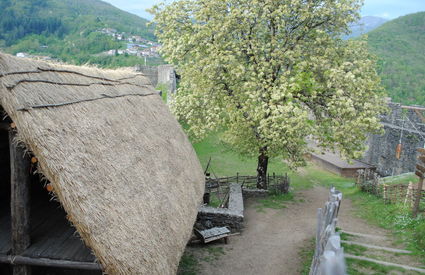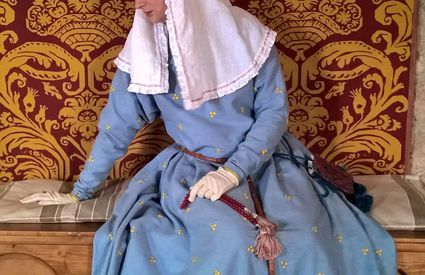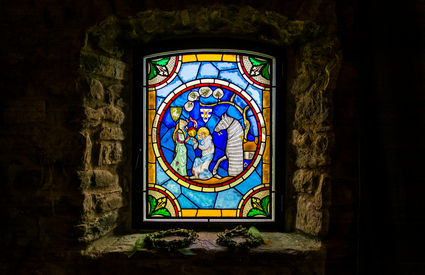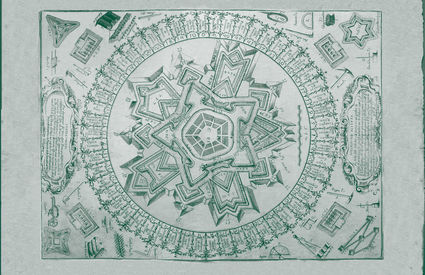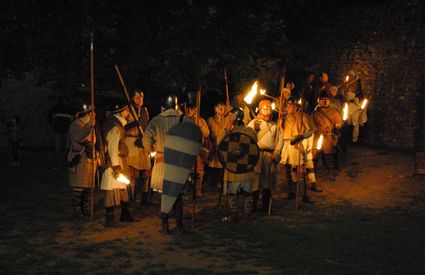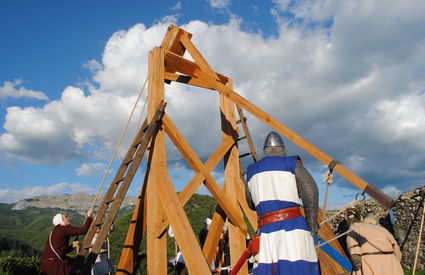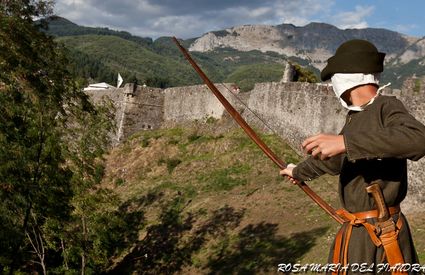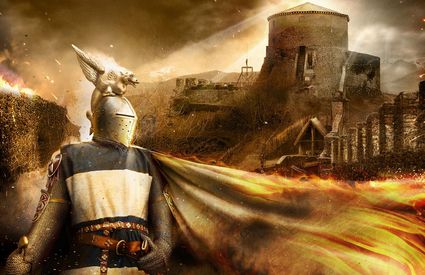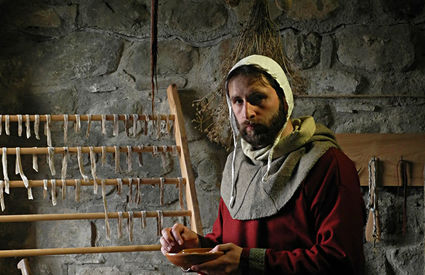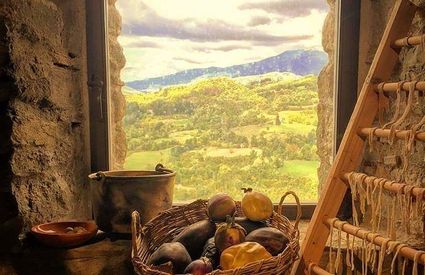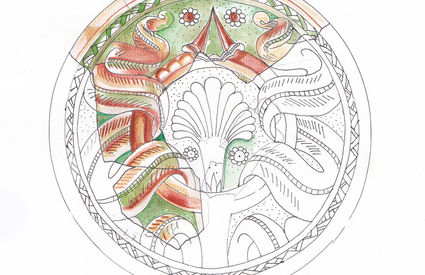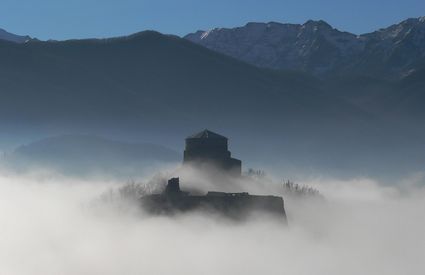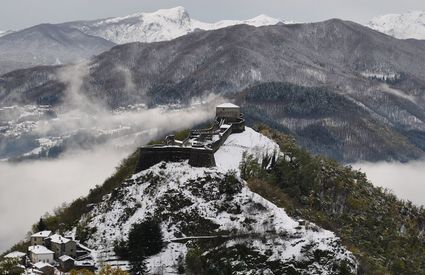San Romano in Garfagnana
Discover a fortress steeped in mystery
A crossroads where people, weapons and traditions meet
Discover a fortress steeped in mystery
A crossroads where people, weapons and traditions meet
The Fortress, from the Gherardinghi family to the House of Este
The history of our Fortress begins around 1000 years ago. It was built by the local lords, the Gherardinghi family, who built an early stronghold and a “town hall” from which they could command the surrounding territory. It’s believed that at those times, the stronghold was divided into two distinct peaks: the fortress itself, used for military functions, and a domus communis, for administrative dealings. More than 200 years later, the Fortress passed to the Municipality of Lucca, who, in 1296, entrusted its management to the Guidiccioni family. Between 1328 and 1345, the Ghibelline condottiero Spinetta Malaspina was the owner. Little documentation exists between the second half of the 14th century and the first half of the 1500s. It is likely that the Fortress was abandoned until the House of Este arrived.
The Archeopark
Following the recent renovations, the Fortress became the heart of a new type of entertainment thanks to the project Fortezza di Verrucole - Archeopark. Visitors are welcomed by castellans in period clothing who lead them on a discovery of the area’s greatest secrets through a series of ancient activities…
Defending the Fortress through the centuries
The evolution of the military over the centuries influenced the construction of strongholds and how men were trained to defend them: Verrucole was no exception and its walls stand as a testament to this history. The conditions of volunteer militias in the Middle Ages were quite different compared to the Renaissance, but what remained the same throughout the centuries was the necessity for a specific kind of training, which even included military games like chess.
The Fortress’s kitchen
Like all residences, the Fortress also included a kitchen with a fireplace, a sink and a cistern for collecting water inside the stronghold. The most commonly eaten foods were spelt, chestnuts and rye. Archeological artefacts give us quite a varied picture of the types of ceramics once used here.
Legends in the fog
The fog cloaking the Fortress evokes the inevitable legends that are often based on a touch of true history. It’s curious how the Gherardinghi family’s heraldry depicts a wyvern (an ancient image of a dragon), as it is precisely dragons that are at the center of the area’s oral tradition, which narrates how these “winged serpents” threatened the Sillicagnana area.
Ghost stories are certainly not lacking, coming from a darker period in the Fortress’s history: when the territory finally reached a lasting peace, it was transformed into a prison in the 17th century. To this day, the belief that a golden calf can be found at the end of an underground tunnel beginning at the Fortress lives on in the local folklore…


